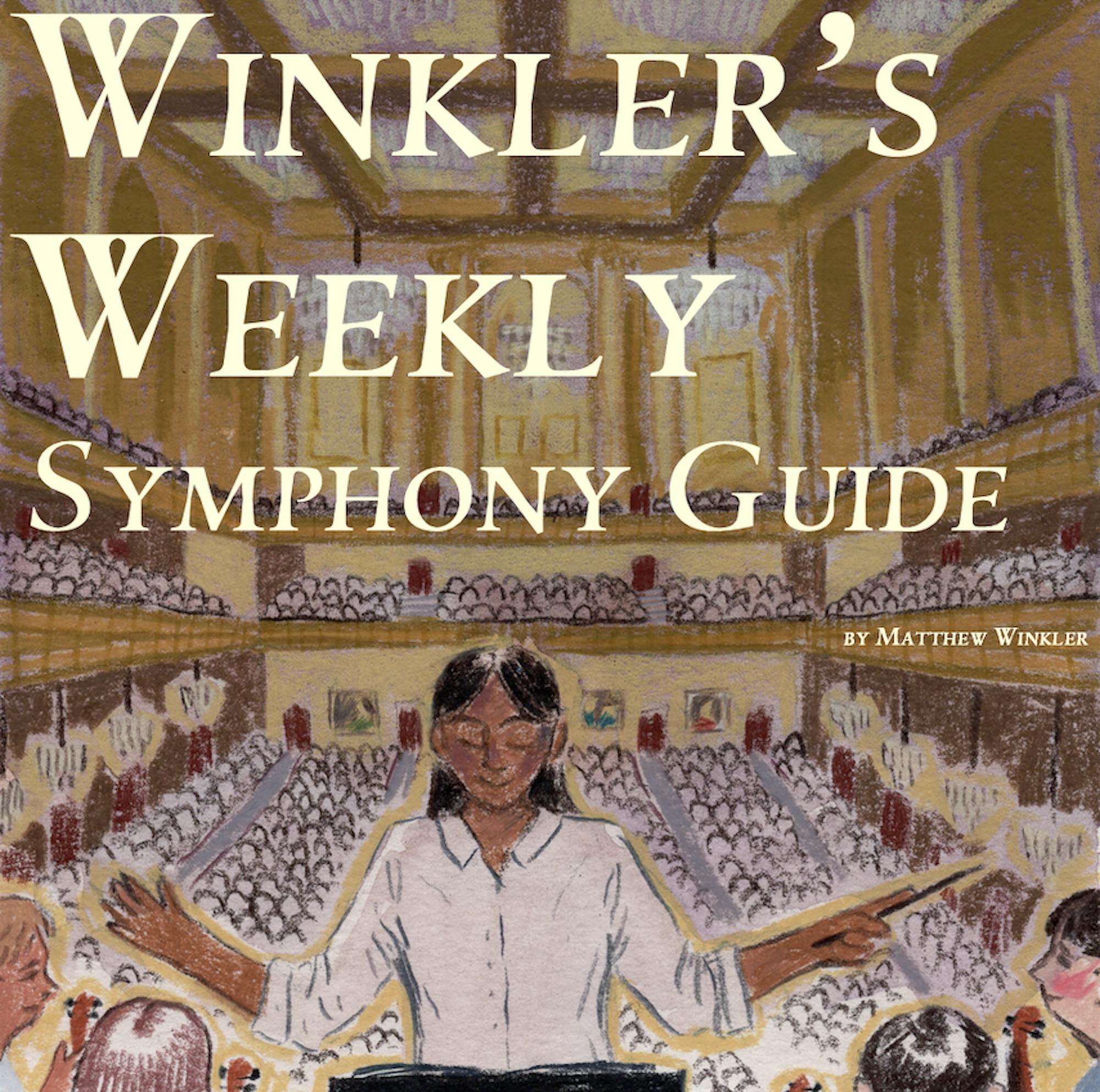On Nov. 3 the Boston Symphony Orchestra showcased their third and final program that they will be performing on their week-long tour of Japan. The program consisted of Caroline Shaw’s “Punctum” for string orchestra, Mozart’s “Symphony No. 40” and Richard Strauss’ “An Alpine Symphony.” In addition to these pieces, the BSO is taking the past two weeks of performances on the road. Between Mahler’s “Symphony No. 6,” Shostakovich’s “Symphony No. 5” and now Strauss’ “An Alpine Symphony,” the consistent theme behind their Japan tour is gargantuan catharsis that showcases the orchestra's virtuosity.
Despite their commitment to modernizing the orchestra in their concerts at home, Shaw’s “Punctum” is the only piece written in the past 80 years that the BSO will perform in Japan. Even then, Shaw’s work is historicist as a direct response to J.S. Bach’s “St. Matthew’s Passion.” While Shaw’s use of portamento (sliding of notes) splashed modern color on her response to Bach, it was ultimately a conforming, non-provoking piece. The few times she began to experiment I wanted more, but instead I left with an impression of pleasant mediocrity. Of all the new works the BSO has put on this season, this was by far the tamest and most fit for bourgeoisie ears belonging to those with pretentious notions of what classical music should be.
Mozart’s “Symphony No. 40” followed Shaw’s “Punctum”: a frankly bizarre inclusion within their program both for the Nov. 3 Boston performance, and within the context of all the works the BSO is bringing to Japan. The orchestra’s uninspired and by-the-books performance of the Mozart piece did not provide justification for including such a ubiquitously famous and cliché work. The inclusion of “Symphony No. 40” is even more odd when considering the works it's placed alongside. Where does cliché classical music stand alongside deeply emotional gargantuan late Romantic works, embodied by Mahler’s “Symphony No. 6” and Strauss’ “An Alpine Symphony,” or next to the unsettling propagandistic Shostakovich piece “Symphony No. 5?”
Following Mozart’s piece, “An Alpine Symphony” closed the concert. The piece is a tone poem written for an absurdly large and involved orchestra. In addition to the massive size which includes two timpanis, two piccolos, two bass tubas, two harps, eight French horns, four trumpets and four trombones, the piece also calls for such unconventional instruments as the heckelphone, the Wagner tuba, cowbells and a wind and a thunder machine. If classical music has the erroneous reputation of restraint, then this piece is the antithesis. Even more so than the two other self-aggrandizing works the BSO is taking to Japan, “An Alpine Symphony” goes beyond any point of return. While Strauss goes too far even by late Romantic standards, thereby undermining the artistic intention of the work by entering humorous banality, the standout performance of the BSO for the night was clearly “An Alpine Symphony.” If the Mozart piece was uninspired, then the Strauss piece clearly demonstrated just how much emotion and consideration the BSO could bring to a work.






